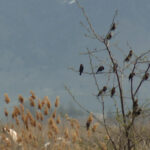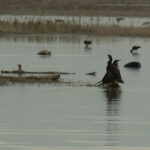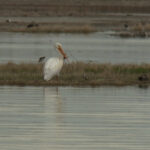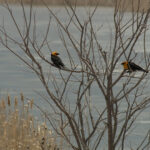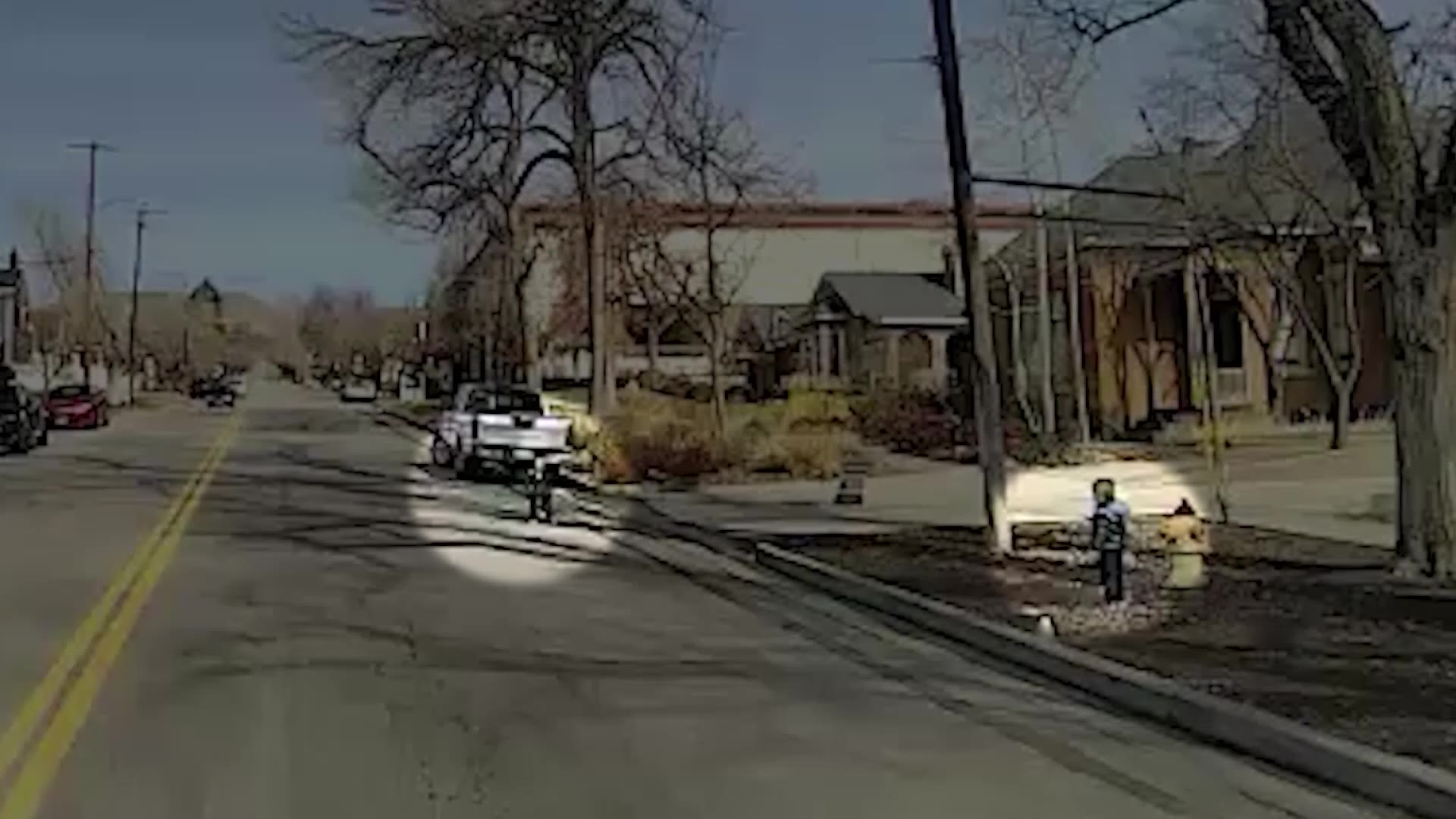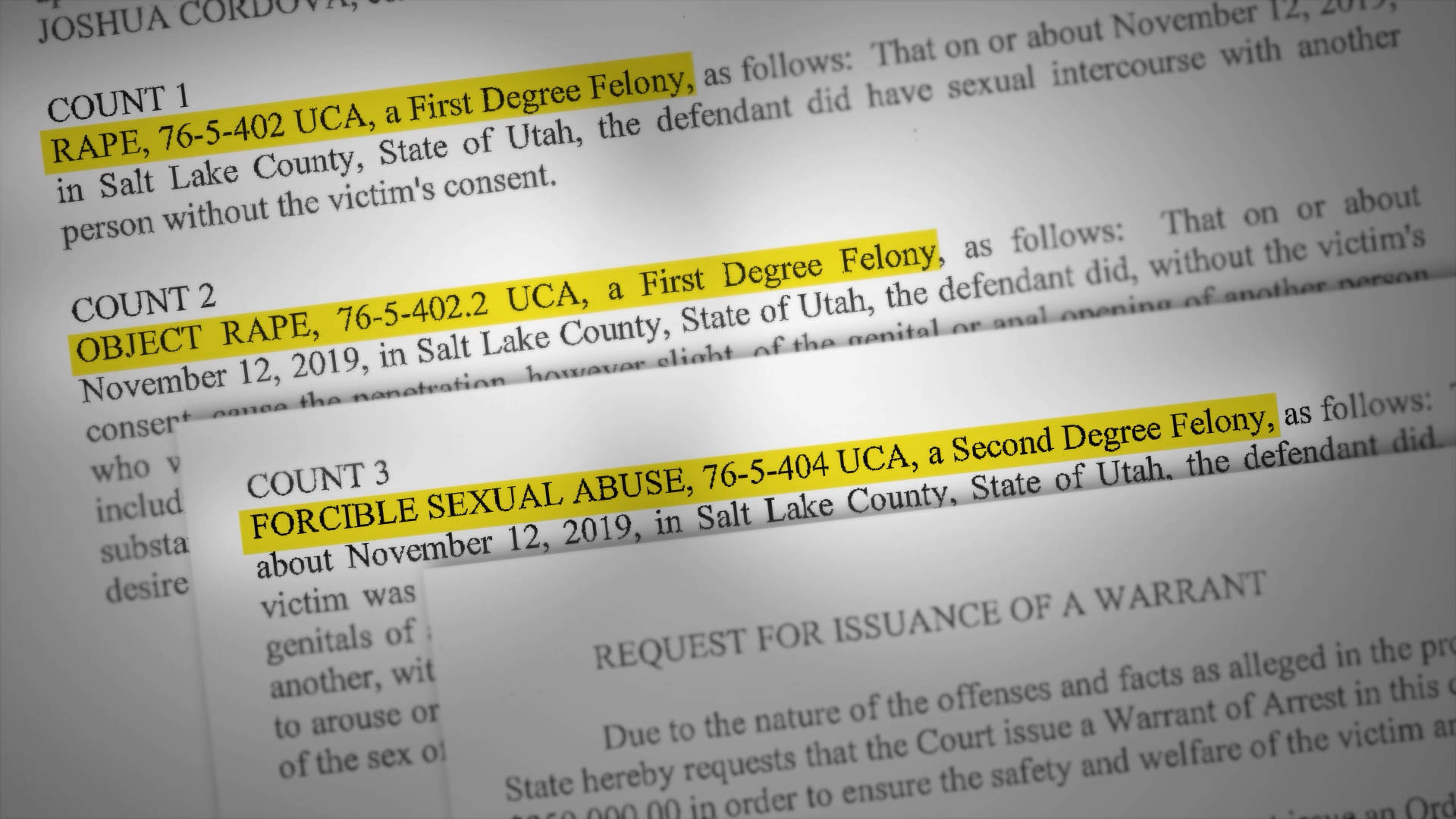Runoff to bring more birds and habitat for migratory refuge
May 4, 2023, 8:04 PM
BOX ELDER COUNTY, Utah — Flood waters cause concern for many of us, but they’re doing good things for birds right now in Box Elder County. The Bear River Migratory Bird refuge is already seeing habitat come back in areas where drought dried it out.
News Specialist Mike Anderson is live out there on what this means for the coming months.
For the two-hundred some species that come through here, it’s mostly good news. Some of their nests can get washed out, but they’re resilient and can move on.
For those managing this place it’s more complicated.
It is peak birding season right now in Northern Utah, drawing all kinds of people to the Bear River Migratory Bird Refuge, like Dale Dean, from California.
“It’s unbelievable how many different varieties of birds are here, and the number of them,” Dean said.
Though he’s not a birder, nor is his friend, Michele Shaunessy who lives out here, they say what they’re seeing out here and around Utah right now is huge.
“The ski year was awesome, but now it’s even more incredible to see all the natural beauty that’s showing up in the waterfalls,” Dean said. “What you’re seeing is the remnants of the last precipitation events that we got.”
Mike Dunphy, Deputy Project leader out here, says there will be a lot more of that to come easily doubling the amount of bird habitat at the refuge.
“So I think all the staff and all the visitors are really excited,” Dunphy said. “We’ve seen higher visitations as well and a lot more calls because people know that we have flooded habitat and therefore we have birds for them to view.”
That’s nearly 54,000 of them so far, counted by biologists and around 74 different species.
But while the water is good for them and the Great Salt Lake, managers out here say too much can damage the infrastructure of canals and riverbanks though for now, they’re happy to see it coming.
“It was hard for the past few years, just because we didn’t have the water and we didn’t have the number of birds,” Dunphy said.
They’ll need that infrastructure to keep this area beautiful, in the drier years that are sure to come.
Peak birding season out here, runs through late May, and again from July through September, though later in the season it’s very likely you’ll see the water covering and closing the road that leads to the scenic loop.


